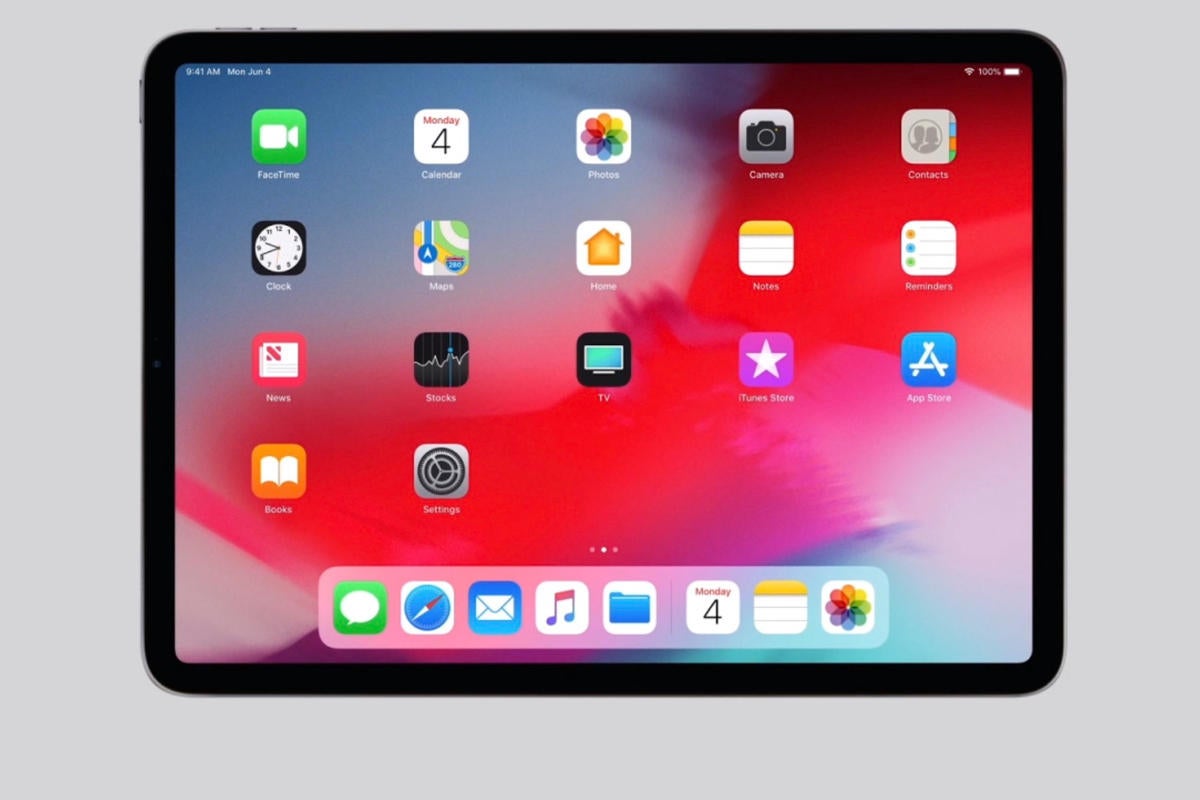


I watched from the sidelines as VoiceOver was formally introduced with OS 10.4 (Tiger), and continued to stand aside as it went through many upgrades and improvements. Unfortunately, I found this new screen reader extremely limited and confusing, and it wasn't long before I gave up and sold the Mac. Ten years ago I bought a used Mac notebook, eager to take part in a beta program for a new Mac screen reader called VoiceOver. I migrated to a DOS PC a few years later, and for the next 20 years I upgraded my way through a number of increasingly powerful computers running Microsoft Windows. I began my journey with accessible computing back in 1984 with an Apple IIE paired with an Echo internal synthesizer.


 0 kommentar(er)
0 kommentar(er)
